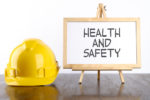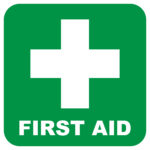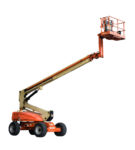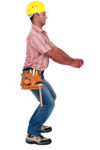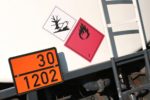Health and Safety at Work Act 1974 is the primary piece of legislation covering occupational health and safety in Great Britain. The Health and Safety Executive, with local authorities and other enforcing authorities are responsible for enforcing the Act and a number of other Acts and Statutory Instruments relevant to the working environment. The basis […]

